How Builders Structure Pricing: What I Learned From Working for the Builder

How Builders Structure Pricing: What I Learned From Working for the Builder
I’ve sat on the builder’s side. I’ve watched how pricing is built, how upgrades are capped, and how the final number is controlled. Here’s the part buyers never hear.
Most buyers assume new construction pricing is simple — a base price, a few upgrades, and a final number.
But that’s not how builders think.
When I worked on the builder side, I saw how pricing is created, how budgets are set, how incentives are structured, and how much flexibility builders actually do (and do not) have. Every number you see — base price, lot premium, structural options, design packages — is positioned intentionally to protect the builder’s margins, the appraisal, and the closing.
What you’re about to read isn’t theory.
It’s what I learned inside the builder system — and most agents simply don’t have this perspective.
1. The Base Price Isn’t the Real Price — It’s the Appraisal Anchor
Builders set the base price for two reasons:
-
Marketing — It keeps the community competitive online, attractive in searches, and digestible for buyers.
-
Appraisal Support — It anchors the valuation the home must hit to close successfully.
Everything else you add — structural options, upgrades, lot premium — must fit within the builder’s internal “appraisal-safe range.”
Because I worked inside those meetings, here’s the truth:
-
Builders track how far buyers can go before the appraisal becomes risky.
-
They quietly limit upgrades to keep the appraisal viable.
-
They protect their closing long before they protect your budget.
So the base price isn’t just a starting point.
It’s the number that holds the deal together.
2. Lot Premiums Are Strategic, Not Arbitrary
Lot premiums can range from $5,000 to $150,000+ depending on the community, but most buyers never learn why the number is what it is.
Here are the actual factors builders use — the ones I sat in meetings reviewing:
What drives lot premiums:
• Elevation
Higher lots command better views and better resale.
• Proximity inside the community
Lots near parks, interior green space, or prime corners carry more value.
• Unobstructed sightlines
If you aren’t staring at a wall or another home, the premium rises.
• View corridors
Open space behind you = money.
• Lot size and buildable area
Some lots can fit larger floor plans; some can’t.
• Which floor plans the lot can support
Builders won’t place a small home on a large premium lot.
Floorplan compatibility matters.
• Phase release strategy
Builders often hold the best lots back for later phases at higher prices.
• Demand forecasting
Builders adjust premiums based on absorption, competition, and quarterly goals.
Buyers usually hear the number, not the reasoning.
But the reasoning is what determines value — and negotiation.
3. Structural Options Have Changed — And They Influence Pricing
Back when builders offered more customization, buyers could personalize floor plans freely.
Today, that flexibility is limited.
Here’s why:
Structural options must be selected early
Anything tied to framing — showers, sliders, patio extensions, bedroom conversions — is locked in during the first stage.
After the slab is poured, structural changes stop completely
This is a strict rule for production builders.
Most builders now restrict structural personalization
To speed build times and reduce variance, builders limit structural options to a few predictable combinations.
Semi-custom vs production
• Semi-custom builders still allow deep personalization.
• Production builders optimize for speed, not customization.
My background: I used to spec builder inventory homes
I routinely selected $100,000 to $150,000 worth of structural and design items for spec homes I was responsible for selling.
This experience lets me tell clients exactly:
-
what matters
-
what doesn’t
-
what affects appraisal
-
what improves resale
-
and what is purely emotional
Most agents simply don't have this insight.
4. The Design Center Is Designed to Increase Your Final Cost
The model home is intentionally upgraded.
The design center is intentionally curated.
There’s psychology involved:
-
The “included” features are intentionally minimal.
-
The model home shows the lifestyle, not the base package.
-
Packages are curated to steer buyers toward mid and premium levels.
Average upgrade spending:
• $30,000–$70,000 for standard builds
• $100,000–$150,000+ for higher-end buyers
Most builders now use design packages
To speed production and reduce errors, many builders only offer:
-
1 base package
-
1 mid-level package
-
1 premium package
Customizing tile by tile or cabinet by cabinet is now rare, unless you’re with a semi-custom builder.
5. The Builder’s Lender Changes the Real Cost Too
Builder lenders often offer:
-
closing cost credits
-
temporary buydowns
-
rate incentives
But here’s the part buyers don’t hear:
• The builder recovers cost elsewhere.
• APR changes matter.
• Fees vary.
• Incentives benefit the builder’s timeline more than the buyer’s wallet.
Knowing when these incentives help, and when they don't it is part of my job.
6. HOA, SID, and LID Fees -Especially in Summerlin-Affect Your Total Cost
Most buyers don’t understand the different fees involved in master-planned communities.
In Summerlin, there are TWO HOAs:
-
The Master HOA
Covers the overall community experience, amenities, landscaping, and long-term appearance standards. -
The Sub-HOA
Governs the individual gated neighborhood you live in.
This means additional fees and specific rules.
SID/LID balances vary
Some communities have decades left on their assessments.
Understanding these fees is critical to calculating long-term cost.
7. The Questions I Ask the Builder’s Sales Agent -So You Don’t Miss Anything
Because I worked on the builder side, I know exactly what to ask ...and why it matters.
Here are the questions I ask that most buyers never think to ask:
• How were these lot premiums determined and what factors influenced them?
• Which floor plans fit on which lots and why?
• What packages are pre-selected for spec homes, and where can I review the selections?
• Which structural upgrades do buyers consistently feel they need?
• What is included in the master HOA vs the sub-HOA?
• How much remains on the SID or LID balance?
• Does the builder pay the seller’s transfer tax? (Most do not, unlike resale.)
• Which contract clauses affect timelines, penalties, or negotiation?
• How does the builder handle under-appraisal situations?
• What cancellation rights does my buyer actually have?
• When does the Earnest Money Deposit become non-refundable?
• What design center deposit is required, and when does it become non-refundable?
• At what stage are the EMD and design deposits “hard”?
These questions protect buyers, but only when someone who understands the builder’s system knows to ask them.
Conclusion
New construction pricing is not one number.
It’s a layered system designed to support the builder’s goals, protect the appraisal, and move homes efficiently.
If you want clarity before you commit and protection from surprises...you need guidance from someone who understands how pricing is structured from the inside.
That’s the difference.
If you want clarity on new construction pricing before you tour or commit, schedule a Buyer Protection Review here:
https://calendar.app.google/JkzedXKhvtyXbHiC8
Reach my team here:
https://www.pinkbugrealtor.com/myteam
Explore Summerlin communities here:
https://www.pinkbugrealtor.com/las-vegas-NV/summerlin
I worked on the builder side.
I know how real pricing works.
Let’s protect your leverage.
Categories
Recent Posts
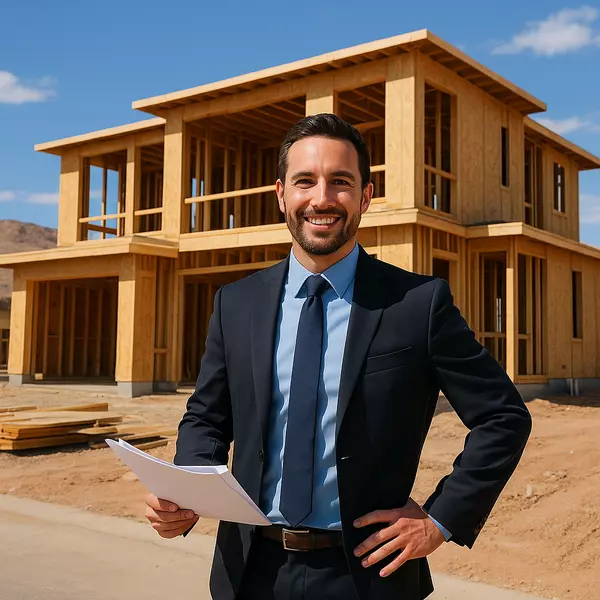

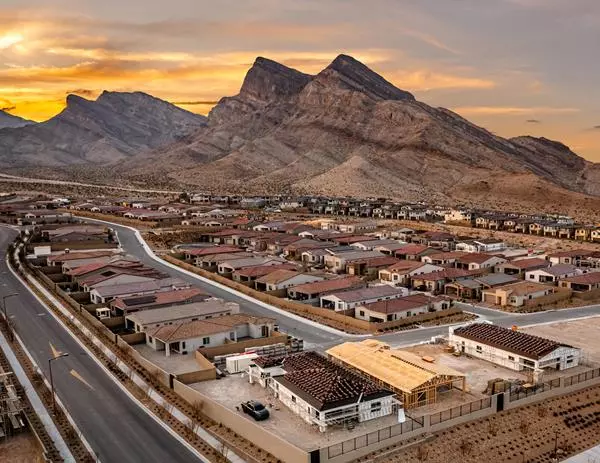
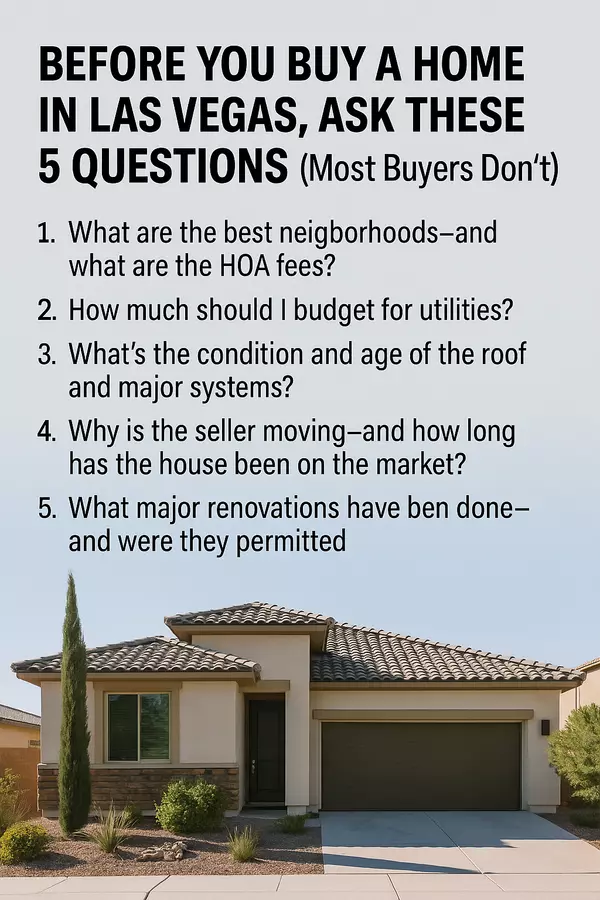
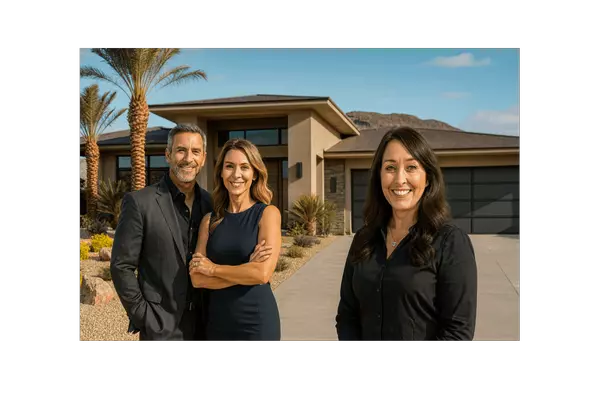
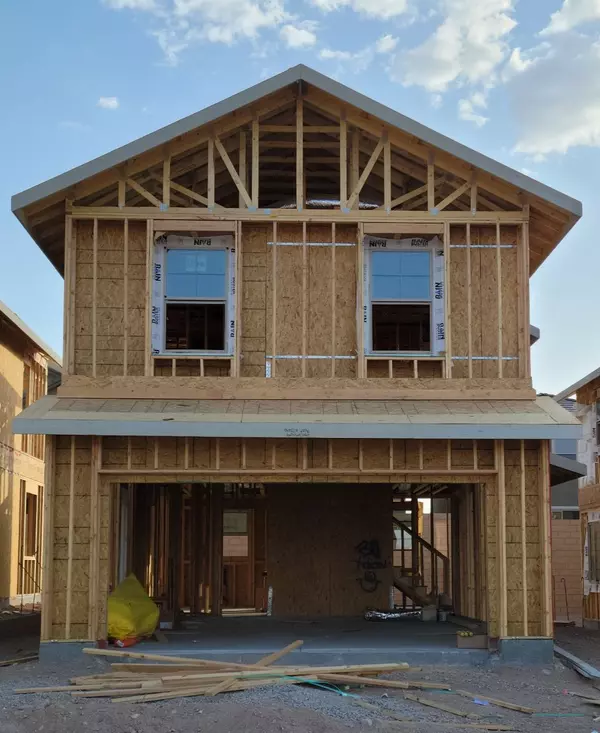
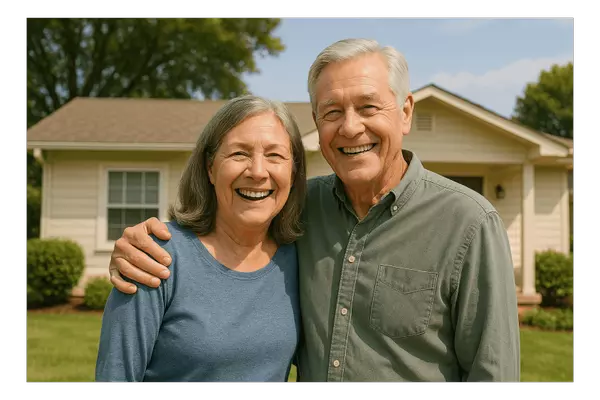
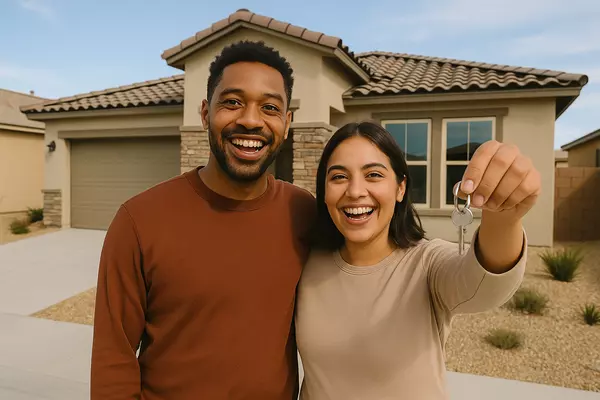
GET MORE INFORMATION


